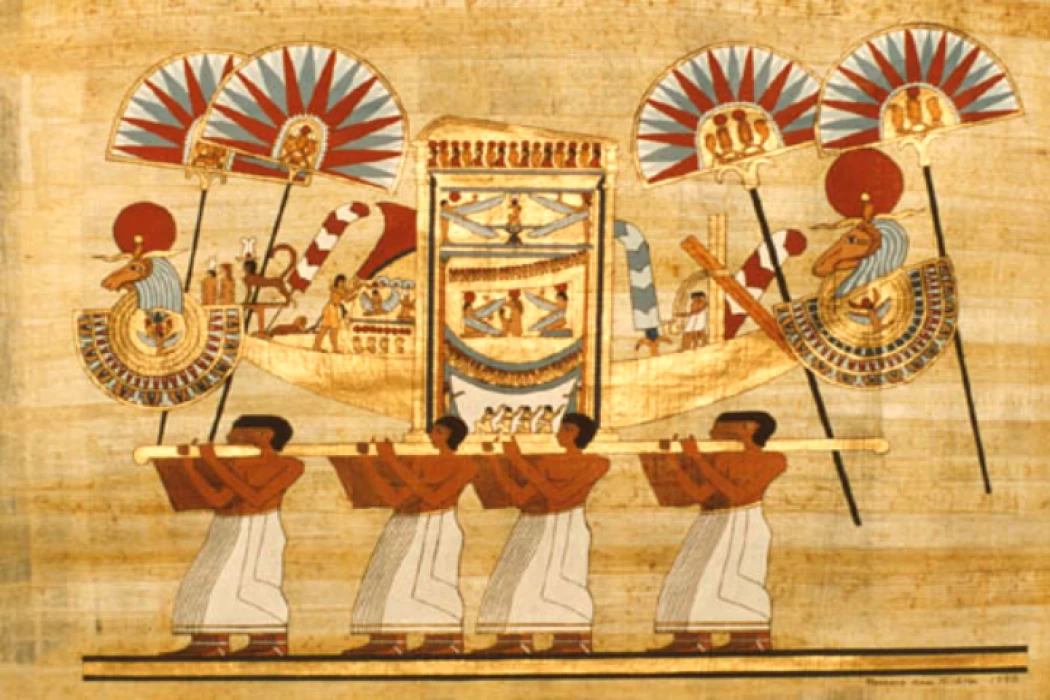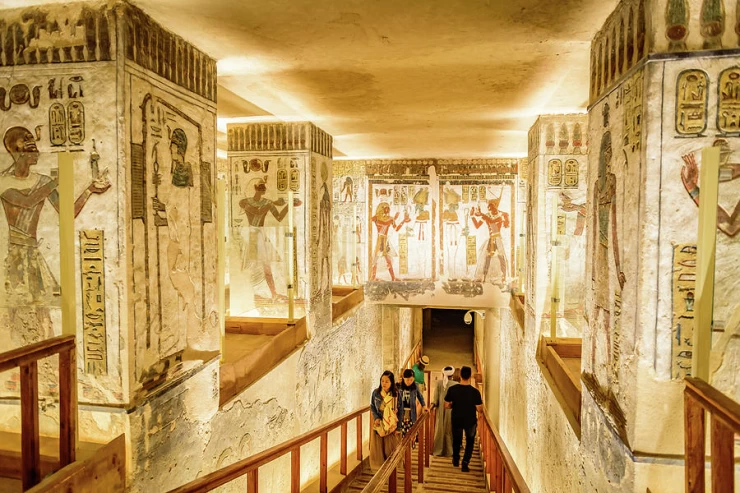
The Opet Festival in Ancient Egypt
The Opet Festival in Ancient Egypt
The Aisle of Rams was used during the annual Opet festival, one of the most important festivities in Ancient Egypt. The harvest season at the period of October to November was the time for the epochal event that was dedicated to local Theban Triad comprising the god Amun, his wife the goddess Mut and their son Khonsu.
During Thutmosis III’s rule, the duration of these festivities was 11 days and this was increased to 24 days and then 27 days during the New Kingdom. The Opet Festival, which is the most renowned of all fraternity festivals of Karnak, unfolded within the precincts of the temple of Karnak.
Three statues representing the gods were placed in boats carried by priests along the great alley to reach Luxor temple and then return. The walls of Hatshepsut’s chapel at the temple of Karnak illustrate the ceremonies of the Opet festival.
In addition to the inscriptions in Hatshepsut's chapel at Karnak temple, they can also be found on the east and west walls of the great courtyard of columns at Luxor temple, built during the reign of the young king Tutankhamun, as well as in the temple of the god Khonsu at Karnak and in the Ramesseum and Habu temples located a few kilometres from Luxor and Karnak temples.
How was Opet celebrated? The festival began with the king lighting incense, offering wine in honor of the god Amun and presenting him with bouquets of flowers. The king placed the offerings in the boats carrying the Theban triad: Amun, his wife Mut and their son Khonsu. These boats were then carried by bald, lizard-clad priests from the Third Pylon, built by Amenhotep III, to the Nile. The procession included flag-bearers, soldiers, bands of musicians and orchestra with trumpeters and drummers, as well as dancers who cheerfully accompanied the crowd.
This triad left Karnak temple on a celebratory barge bound for Luxor temple, where they stayed for some time. Arriving at Luxor temple, the barks were once again greeted by pedestrian soldiers, others on their chariots, dancers, musicians and offering bearers. It was here that butchers began sacrificing oxen.
The barks were again carried by priests of similar appearance, through a second hypostyle courtyard to the interior of Luxor temple, where they were seated in small chapels created especially for the occasion. After their stay at Luxor temple, the procession returned to Karnak temple.















